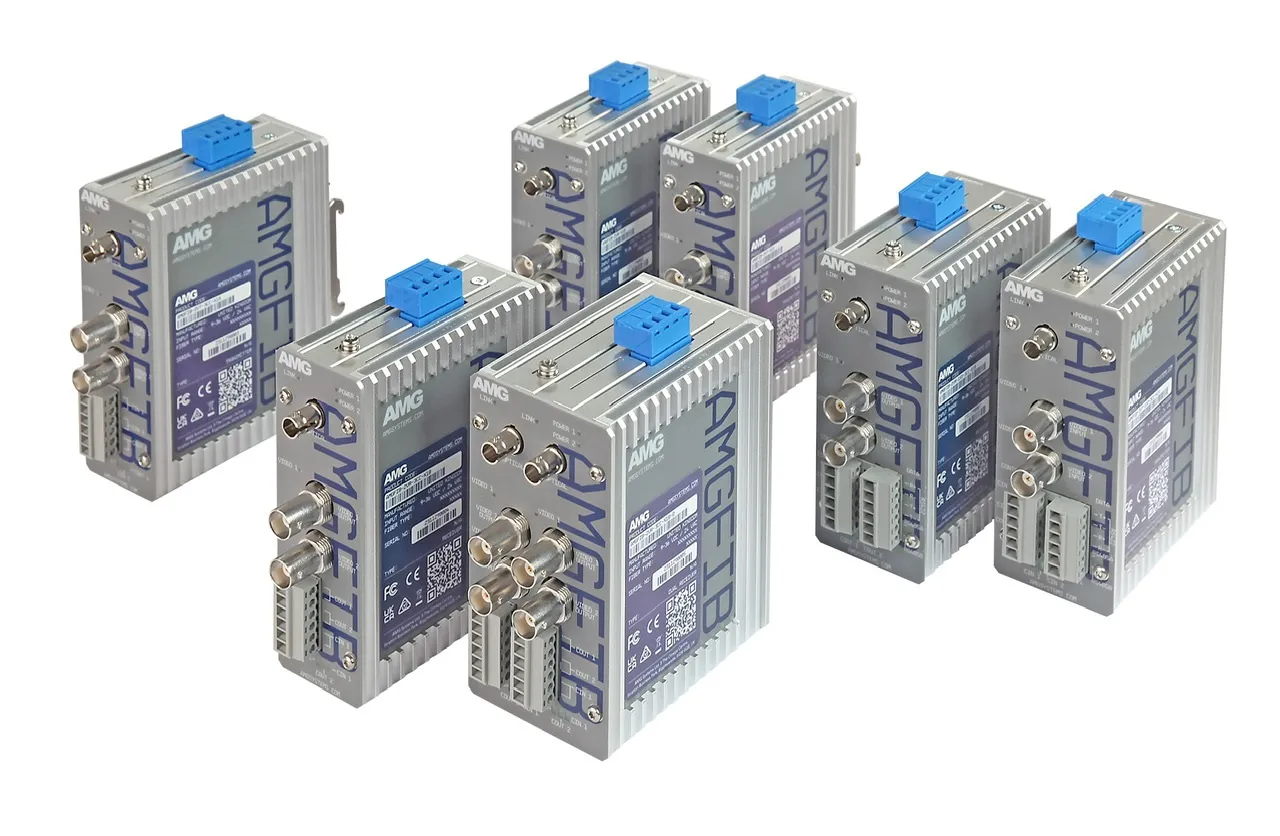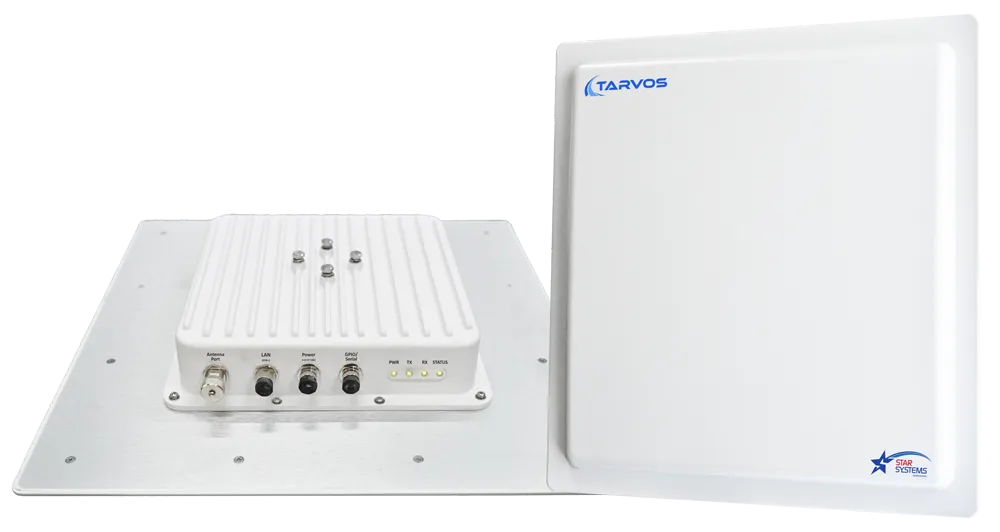
AMG Systems has introduced a new fibre optic video, data and contact closure line.
Designed for ITS installations where fibre optic transmission is used for secure distance transmission, AMG says they will support a new generation of multi-megapixel coaxial cameras which require ultra-high security.
The fibre optic transmission line is not IP-based, "disallowing any potential security risk into the network", AMG insists.
There is no latency due to no encoding used as with an Ethernet system, the company adds.
The AMG line consists of fibre optic video, video, and data, serial data and contact closure products for signal transport.
The portfolio comprises the AMGFIB-1VT/(VR) Series of single channel video transmitter/receiver, with one Duplex RS422/485 Serial Data, two Contact Closure, and supporting all modern SD & HD video formats including CVBS (PAL, NTSC, SECAM), CVI, TVI & AHD and camera resolutions up to 1960p with SD, HD, up to 5-megapixel camera types all major brands.
There is also an AMGFIB-1SD Series industrially hardened serial data transceiver with one Duplex RS422/485 Serial Data, and two Contact Closures; plus the AMGFIB-3CC Series Industrially Hardened Contact Closure Transceiver with two Contact Closures.
All three product lines are designed in the USA and UK, manufactured in the UK in an ISO Certified AMG facility, are hardened for use in challenging environments, capable of meeting NEMA TS-2 standards, and lifetime warranted.
“Although legacy fibre optic transmission systems are being replaced by IP, there are thousands of fibre optic transmission networks still in use," explains Steve Clarke, AMG's managing director.
"With the push toward IP, no real effort has been directed toward modernising traditional fibre optic video and data products. This next generation of AMG fibre optic products is a major step forward."
The company's technical director Tom Exley explains: “Our engineering team looked at what was currently available, identified weaknesses, and engineered our fibre optic product line to overcome those weaknesses. One of the big issues facing the competition is parts availability. Competing fibre optic products were developed 15-20 years ago, sourcing 20-year-old components is a challenge, and that’s likely the reason for extended production delays and price increases."
"The AMG line is all new," he adds. "New designs, and new components and now manufactured in an ISO9001-certified facility. And, most importantly, they are available when you need them. We believe in the quality and stand behind them with lifetime support.”










